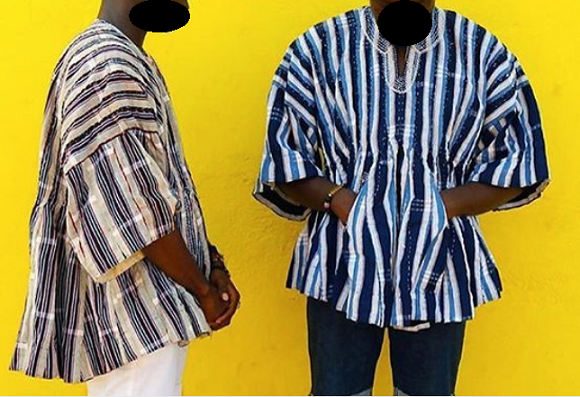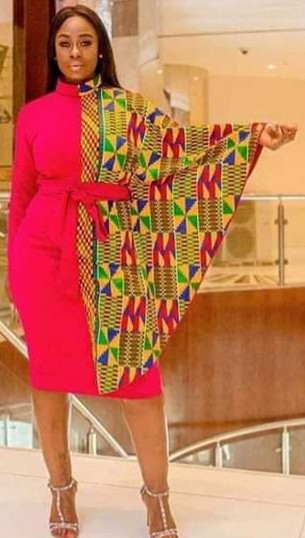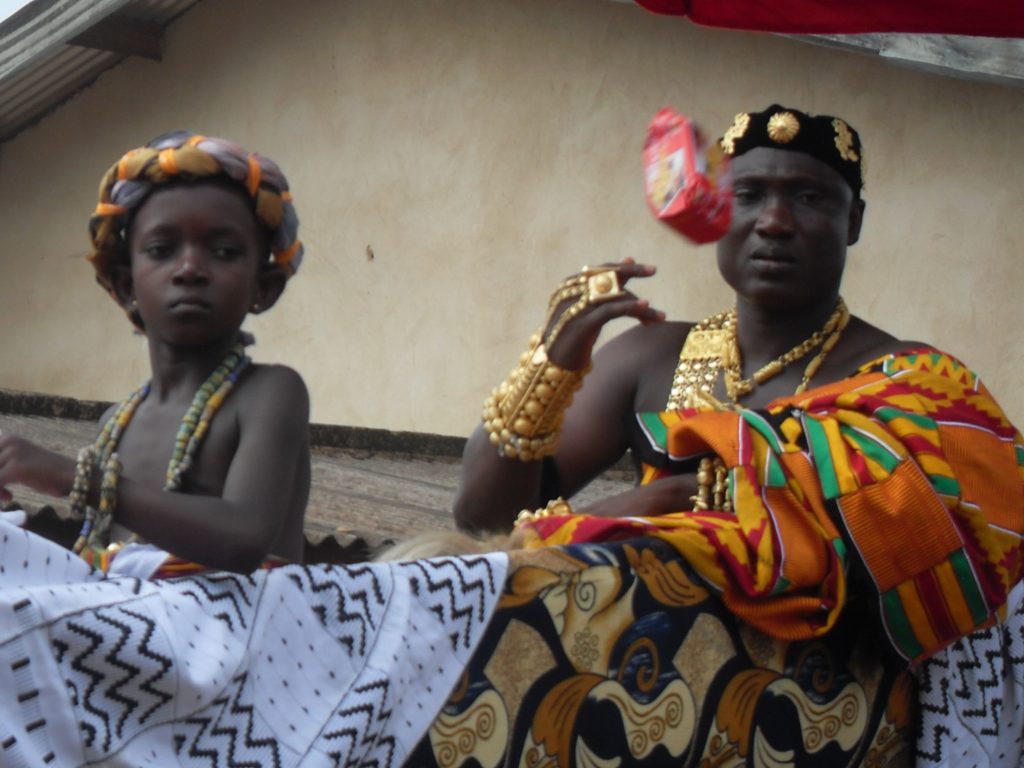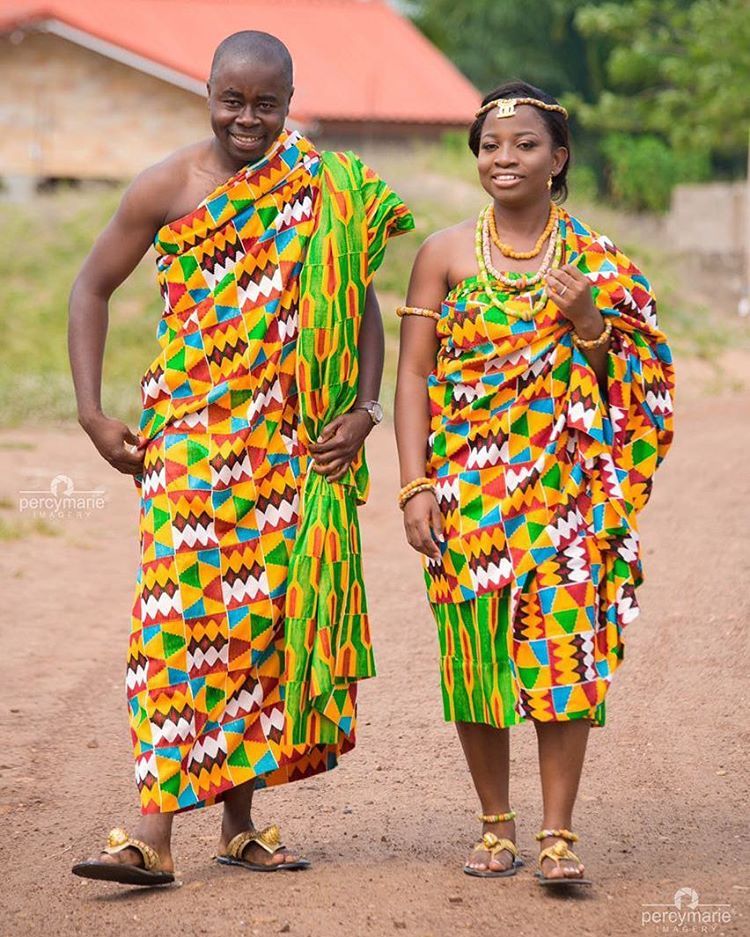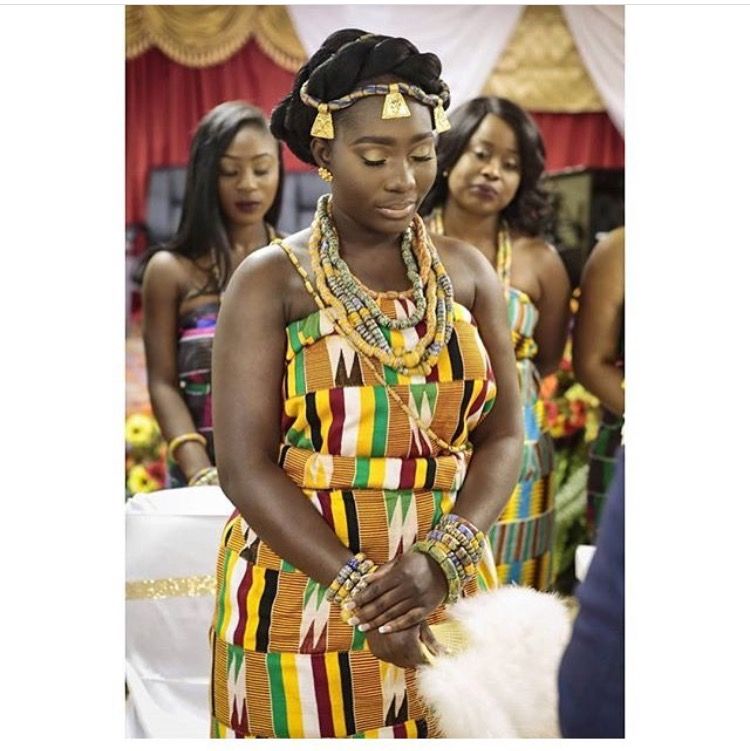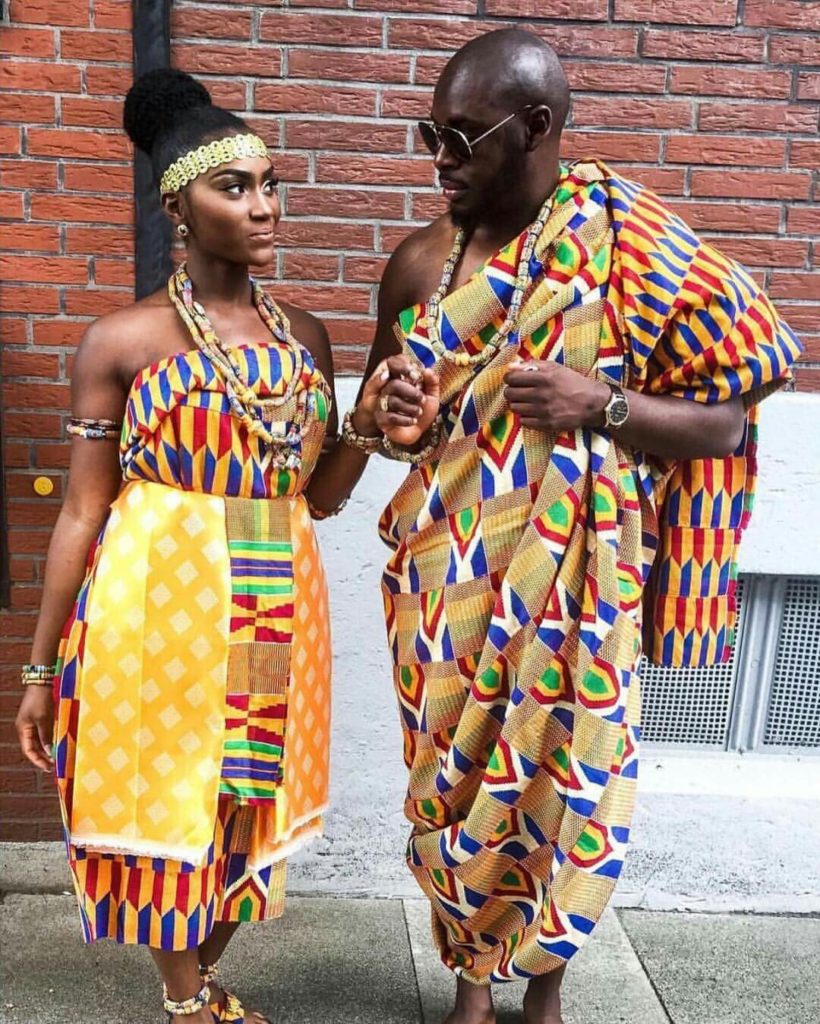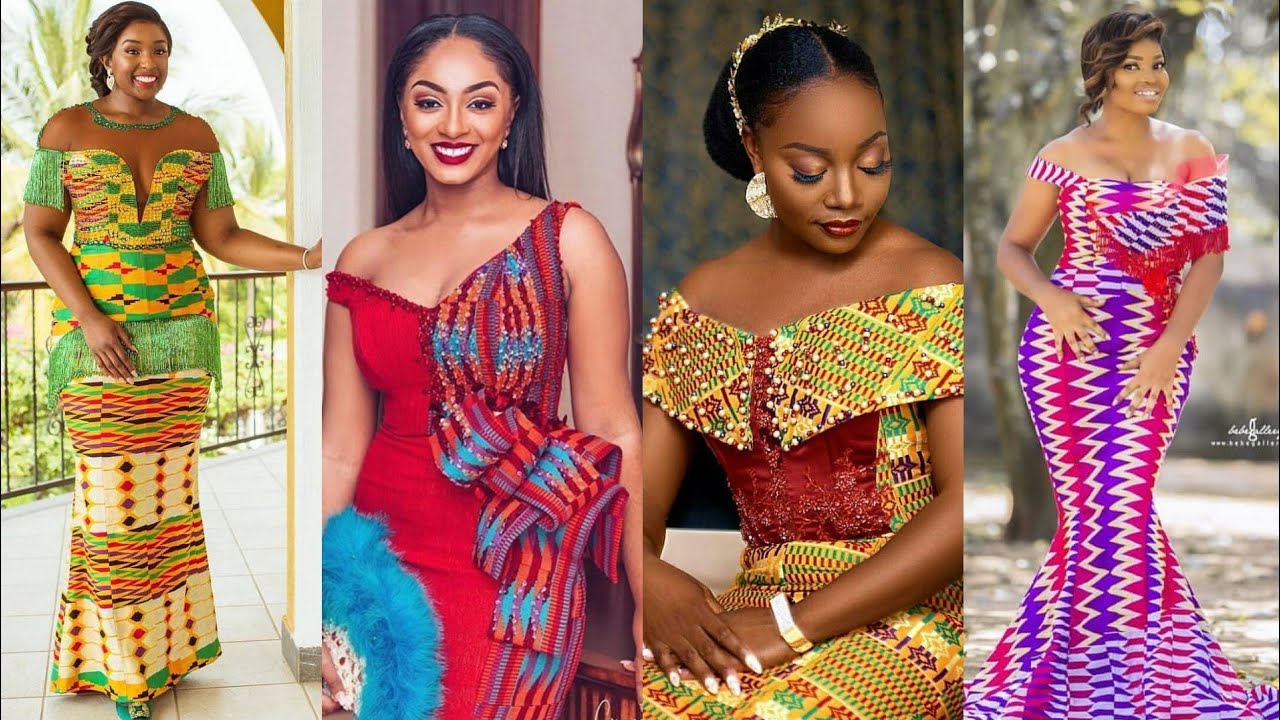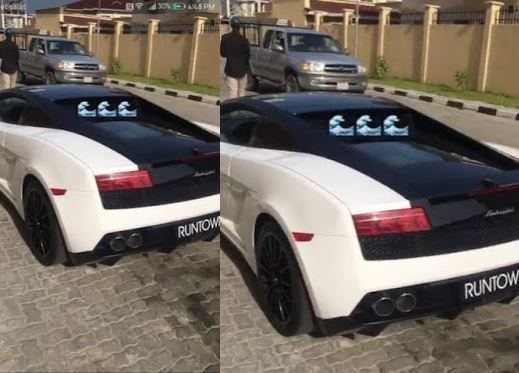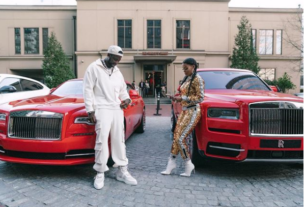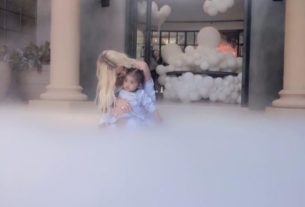Traditional Ghanaian attire style ideas are your best bet when in search of some African fashion prints to try out. The antique prints have regularly been appealing and distinct among varieties of prints around the world.
African fashion prints produced from Ghana have excellently represented African culture through the ages. Creative designers have not stopped bringing into existence diverse enviable designs for fashionistas all around the world. See also:
Best Ankara Tops On Jeans For Stars
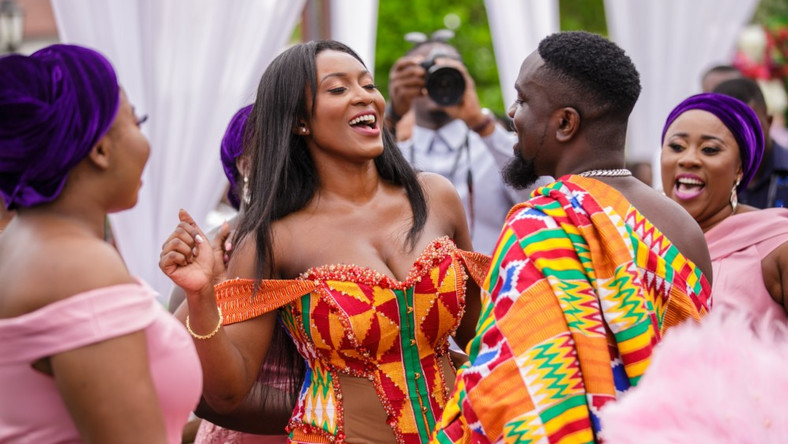
Traditional Ghanaian attire style ideas are produced in Batakari, Kente, Kitenge, among a host of other designs. Ghana even made batakari and kente a part of their national attires. They rock fashion prints that are regarded far and wide the planet, with an ever increasing demand of the African fashion prints.
Ghana styles are imbued with creative perfections even though there are often alterations of their previous fashion versions. Here are some of the Traditional Ghanaian attire style ideas you’d like to consider for your next remarkable outfit.
Here Are Some African Fashion Prints In Ghana You Should Try Out
1. Slit And Kaba
Ghanaians use the term ‘Kaba’ to mean the top half of the Kaba and Slit traditional attire. The ‘Slit’ or sleet however, is the long wrap skirt that is worn below the attire. The Kaba is the blouse, while the slit is the skirt.
This traditional Ghanaian attire style idea is very customary and symbolic in the Ghanaian society. It is worn by the females. It can be quite expensive and also gorgeous to try. Kente and lace can be used to produce this fashion style.
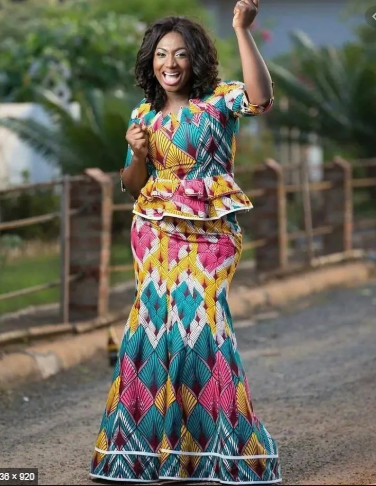
2. Ntama
This style is one of the oldest in the African and Ghanaian history. The Ntama style is often wrapped by both genders – male and female as complete attire.
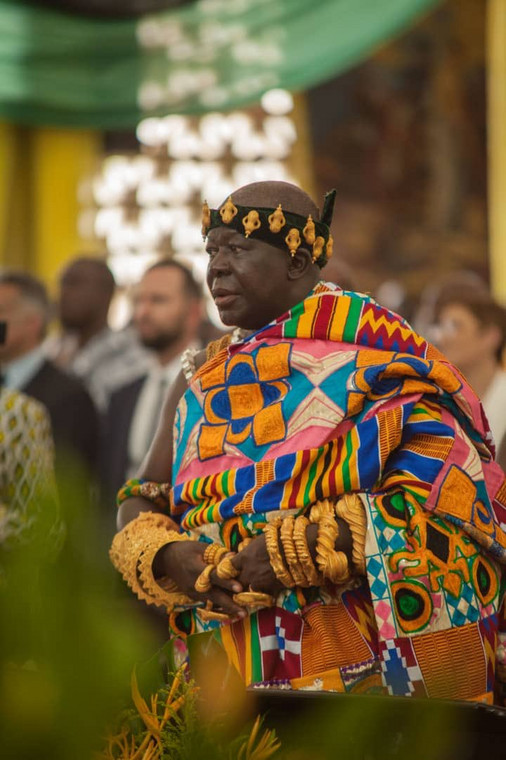
3. Fugu/ Batakari
In Northern Ghana, the Batakari, which is also referred to as Fugu is worn by both the male and female folks. The attire is quite a look-alike of the popular Dashiki or Joromi design in other culture. It is also termed as a plaid garment.
The fabric may be woven or sewn, and this depends on how the designer or customer wants it. The Fugu may be worn together with a cap.
The Batakari style symbolizes tradition and a sign of power. In 1957, Kwame Nkrumah rocked the attire while making a declaration of Ghana’s independence.
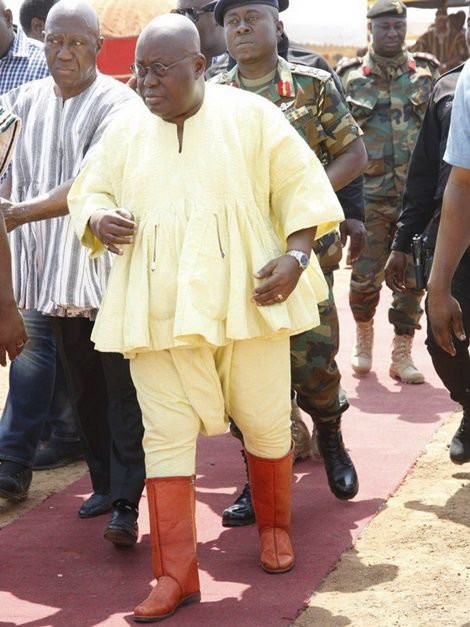
4. Kaftan
Kaftan has gained a lot of prominence around the African countries and many parts of the world. The design can be created using virtually any fabric. Most of these styles are made out of cotton, silk or wool.
Kaftan is rocked in variations by both genders. You’d definitely love to be in this attire.
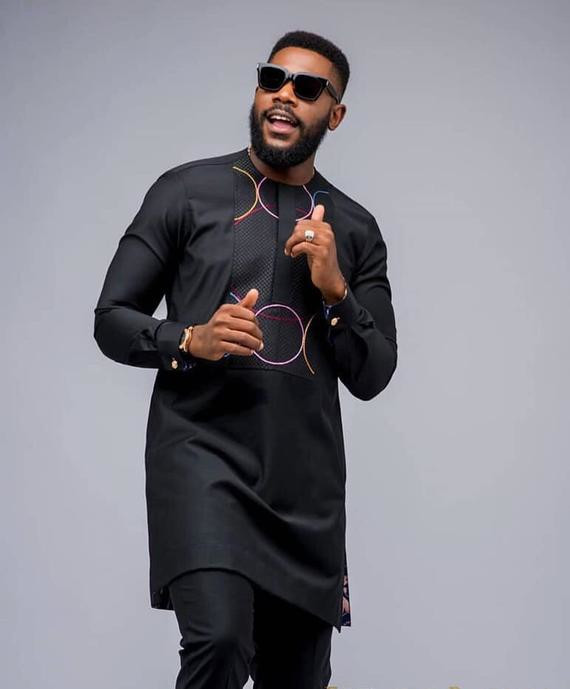
5. Jumper
This African fashion print is often rocked by African men who wrap in Ntoma. The attire is often worn as a covering over the chest. It can also be sown by mixing diverse colours to make it even more fashionable.
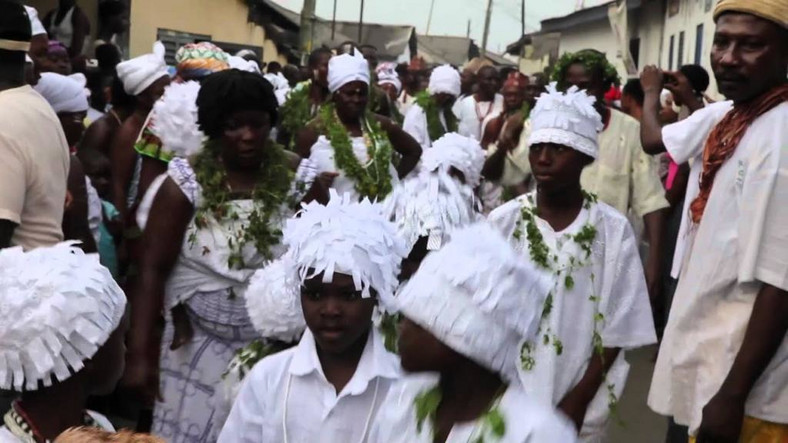
6. Jokoto
Traditional Ghanaian attire style idea called joker pants or Jokoto is created from African wax print. The pants can be worn with ease and comfort. It can also effortlessly fit everyone. And this is no matter your colour, race, age, size or height.
Ensure the colourful prints has waist that makes your perfect fit with its large side pockets.
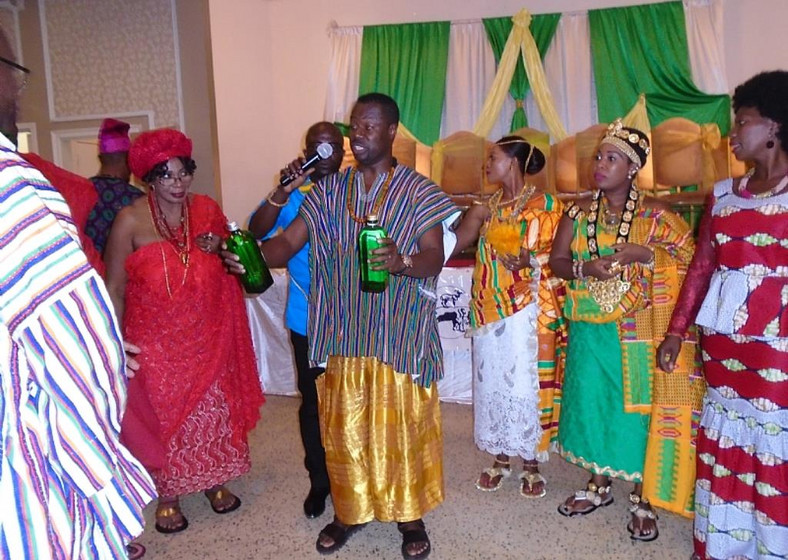
7. Jalabiya / Abaya
This design is originally a traditional garment of the Egyptians. The Eritrean and Sudanese has traditional attires with the same term but with different looks. The attire is rocked by both genders and is very colourful to behold.
Ghana would comfortably rock the attire without scarves unlike countries with winter where the attire are often white.
Winter countries would experiment with colours such as olive, grey, blue, dark green, striped or tan fabric prints.
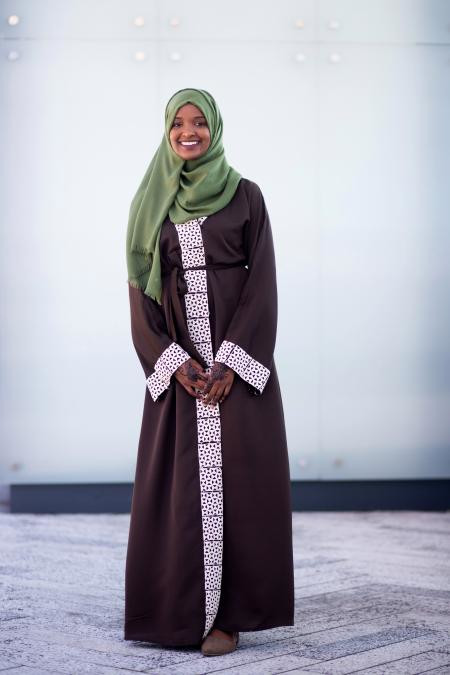
8. Ahenemaa Slippers
The Ahenemaa slippers are often worn by both genders and complements the Ntoma attire.
It is often made by hands while the slippers are made of wood. This wooden materials make the slippers heavy too wear. This amazing traditional wears of the Ghanaians are such you will want to give a try.
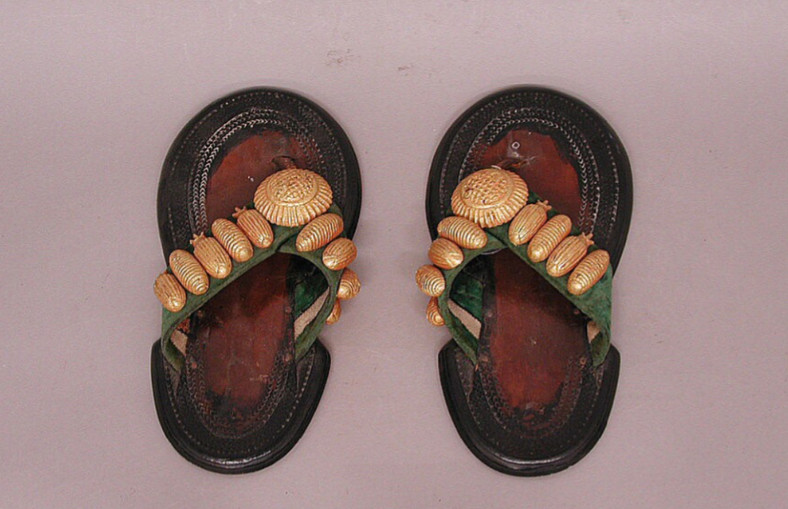
Here Are More Ideas To Consider:
